Government
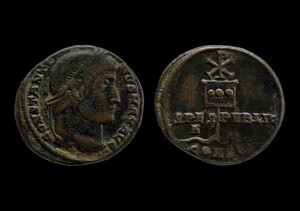
Coin minted by Constantine
Constantine erected large monuments to his rule, most notably the Arch of Constantine in Rome, but he also portrayed his religious sentiments and celebrated his reign in smaller ways, through coins and portraits.

Selections from Eusebius, Life of Constantine
The most important record that remains of Constantine’s life is a biography written shortly after his death by the historian and Christian bishop Eusebius of Caesarea (ca. 263–339 ?), a close adviser to Constantine.
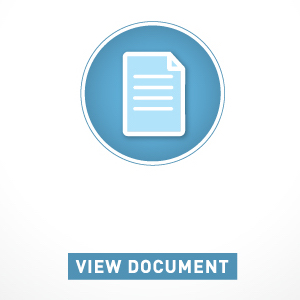
Constantinian Edicts
Many of the records that survive from Constantine’s reign are official edicts and proclamations, written on papyrus and parchment.

Short Teaching Module: The Legacy of Charlemagne through the Ages
Teaching about the interplay of history and memory is fascinating. This is particularly true in an age when students are so highly attuned to source bias through news, life experience, online and social media interactions, and of course, learning about such issues in school.
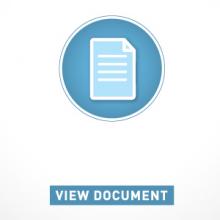
Long Teaching Module: Inca Society
In South America in the centuries before 1500, the Peruvian coast and Andean highlands were home to a series of cultures that cultivated cotton as well as food crops. Of these, the largest empire was created by the Incas, who began as a small militaristic group and conquered surrounding groups.

Extract from Garcilaso de la Vega, Royal Commentaries of the Incas and General History of Peru
This is an extract from the chronicles of Garcilaso de la Vega (1539–1616), the son of a Spanish conquistador and an Inca noble woman, who grew up in Peru but left there as a young man and spent the rest of his life in Spain.

Extract from Garcilaso de la Vega, Royal Commentaries of the Incas and General History of Peru
This is an extract from the chronicles of Garcilaso de la Vega (1539–1616), the son of a Spanish conquistador and an Inca noble woman, who grew up in Peru but left there as a young man and spent the rest of his life in Spain.
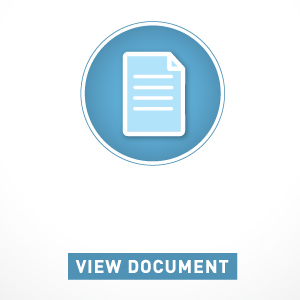
Pedro de Cieza de León, Crónicas
This is an extract from the chronicles of Pedro de Cieza de León (1520–1554), a Spanish soldier and writer who compiled a history of Peru during his seventeen years there.

Report from the General Inspection of the Chupaychu
This is a report from a Spanish inspector dating from 1549, written by a European scribe, based on an Andean’s reading of a khipu, the collections of cords on which Incas recorded information.
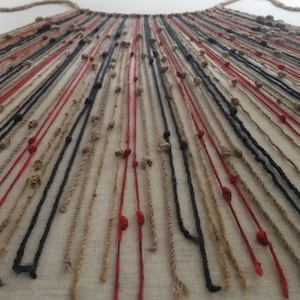
Inca Khipu
Andean peoples, including the Incas, recorded information on khipus (also spelled quipu), collections of colored and knotted cords such as this one.